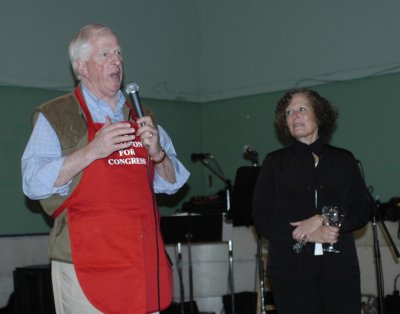- Elizabeth Larson
- Posted On
Two girls face charges in animal cruelty case

LAKE COUNTY – A teacher's compassion and quick thinking helped save a small animal in a case of animal cruelty the likes of which local officials say they haven't before encountered.
Lake County Animal Care and Control and Clearlake Police reported that two girls have been arrested and are in Juvenile Hall, facing charges of intentional animal cruelty for putting a hamster in a microwave. Their names have not been released because of their age.
“I've never seen anything like this,” said Clearlake Police Officer Carl Miller, who worked with Animal Care and Control to investigate the case.
Nor had Animal Care and Control Officer Morgan Hermann, who said she hasn't encountered an animal cruelty case involving children in her five years with the agency.
Amazingly, the little hamster, a female named Bugsy, survived the ordeal, said Hermann.
Animal Care and Control received an anonymous call about the Bugsy's case last week, said Hermann, while the students in question – who attend schools in the Konocti Unified School District – were on spring break.
She said she called Miller, Konocti Unified's school resource officer since last September, who Hermann said conducted the entire investigation, which wrapped up Monday.
Miller said that the microwave incident occurred in December, and that it was widely known at the school where the girls attended.
One of the girls recently brought Bugsy back to school to give her back to her original owner, said Miller. That's when a teacher, who had heard about the situation, took custody of the hamster to protect it from further harm.
Miller said he considers the case a serious one.
Animal advocacy groups also consider such cases of special concern. A report by the Humane Society of the United States explains that children who are allowed to harm animals are more likely to be violent later in life.
After getting the call Hermann took Bugsy to Wasson Memorial Veterinary Clinic to be checked out.
Although Bugsy survived, she didn't come away from the experience unscathed, said Hermann.
Three of Bugsy's four tiny feet were burned off, leaving just one front foot, the left front, for her to eat with, said Hermann.
The wounds had healed since the incident occurred, and Bugsy is plump and getting around OK, said Hermann. “The hamster is doing very, very well.”
The two girls alleged to have injured Bugsy remain in Juvenile Hall, said Miller.
As for Bugsy, she was released by Wasson Memorial on Monday, said Hermann.
The little hamster will be going back to live with the woman who rescued her and had been taking good care of her since, said Hermann.
E-mail Elizabeth Larson at This email address is being protected from spambots. You need JavaScript enabled to view it..
{mos_sb_discuss:2}










